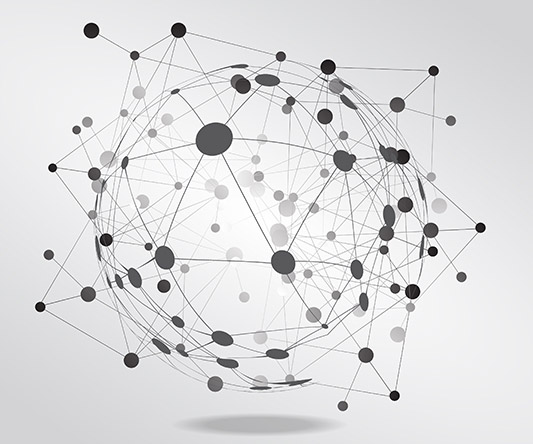Deliver Actionable Data Story with Deep Insight
Rich Data Analytics, Predictions and Data Visualization
Standard and Ad-hoc Reporting
xAQUA Immune is compliant to any JDBC compliant reporting tool such as Tableau, Power BI, and ClickView etc. can be integrated to xAQUA Immune. The default reporting implementation comes with Tableau as the analytics and reporting tool as it is a remarkably simple, user-friendly and effective tool to create interactive data visualizations quickly. Moreover, it can handle a huge volume of data and quickly provide calculations on datasets.
Interactive Data Analysis using Graph Data Visualization
Perform Full Text (Google like) and Advanced Search and perform interactive data analysis using our highly intuitive and efficient Graph Data Visualization technique.
Query Tool
Users can leverage the built-in self-service Query tool to write Cypher queries that is English like, very business friendly and easy to learn. Once the query is developed, it can be saved and used at a later point in time and can be shared with other users. The query shows result both in tabular and visual graph form that the user can interact with and explore from that point by digging down on the data nodes.
Alerting
xAQUA Immune solution comes with out of the box self-service capability to set up various alerts to watch for certain conditions and run the alert queries at a predefined interval.
Graph Data Science
xAQUA Immune delivers out of the box capability for Data Science with built-in Graph Data Science Algorithms and integrated tools. Graph data science is a connected data science, where relationships are first-class citizens and the connections between the data points can be used to make better, more accurate predictions. Instead of thinking about the data in rows and columns, we consider the importance of the relationships between those data points, which are potentially far more valuable for predictive accuracy than of flat tabular descriptors. Graph data science uses multidisciplinary workflows – combining queries, statistics, graph algorithms and ML techniques – for leveraging the relationships and topology of connected data to power Artificial Intelligence (AI) applications. Beyond algorithms and statistics, graph data science uses expressive Cypher queries to interrogate the graph and find local patterns.







